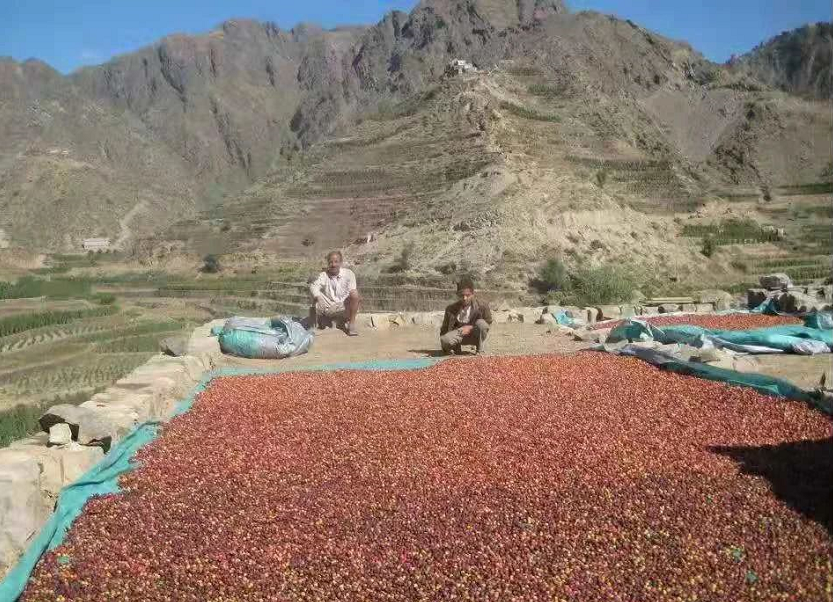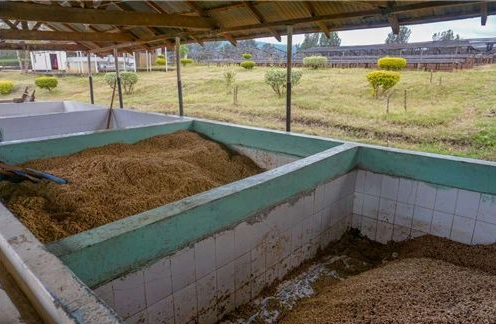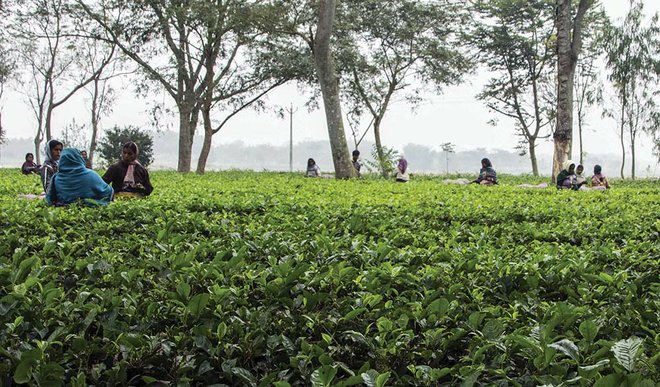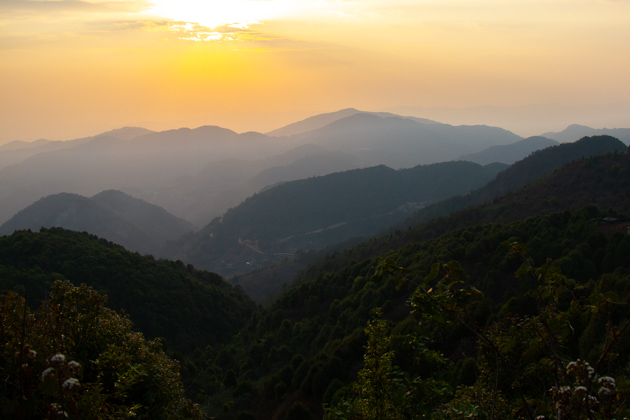What's the difference between different ways of handling coffee beans? Which tastes better, washing or tanning?
What's the difference between different ways of handling coffee beans? Today we are going to talk about the two most common and basic treatments: sun treatment and water washing.
The earliest treatment of raw coffee beans used by human beings is the sun treatment, and it is also the lowest-cost treatment of all the treatments. the earliest sun treatment is that coffee farmers pick ripe coffee fruits and put them on the ground or on the roof. the roof and other places where you can bask in the sun to air, through three to four weeks of drying, the water content of the coffee is reduced to about 11%, when the outer skin of the coffee fruit is hard and dark red. Finally, the coffee beans are peeled and peeled, and the peeling of the sun-treated coffee beans is very easy. All the skins can be peeled off at once. (in some areas, the coffee peel will not be abandoned, but will be collected and washed to make "coffee peel tea". Yemeni and Ethiopians have a long history of drinking this kind of tea. (at this point, the whole sun treatment is complete.

This is the roughest kind of sun treatment. in order to seek the most quality, the current treatment stations concentrate on collecting coffee and then solarization. They will pay a lot of attention to the treatment, such as picking out underripe coffee fruits and overripe coffee fruits at the very beginning. defective fruits, small crumbs, etc., maximize the quality, choose an elevated bed for drying, away from the ground dust, bacteria, reptiles and other hazards The viaduct bed is also more ventilated, which can make the coffee ferment more evenly, and there will be a special person to turn it during the drying process to ensure that the fermentation is uniform, picking out borer fruit, popping fruit, mildew fruit and so on to ensure the overall grade of raw beans. This is the reason why there is such a big difference in the treatment of coffee beans in the sun.
The water washing treatment method only appeared in the 18th century, and the reason for the emergence of the water washing treatment is that there are too many defects in the traditional sun treatment, and when the sun treatment is in the sun, the degree and time of fermentation can not be controlled, and the fermentation depends on the weather. and if there is a continuous rainy day, can not be treated, then these coffee beans will go bad. In order to pursue better quality and stability, I thought of removing the pectin from the peel and pulp of coffee, removing these substances that are easy to ferment and deteriorating, and then drying the coffee beans with parchment, which can greatly shorten the drying time and the quality will be more stable. The cost of washing treatment will be much higher than that of the sun because of the need to set up a washing treatment station in places rich in water resources. The process of washing is as follows: first, the coffee is put into the pool for flotation to remove some immature coffee fruits and impurities, then the coffee fruit is put into the pulp screening machine to remove the skin and pulp, and then the coffee beans coated with pectin are fermented in the fermentation tank, and the pectin is decomposed by microbial bacteria. The fermentation process is about 12rel 48 hours. After fermentation, the pectin will be delaminated with the coffee beans. finally, the coffee beans will be washed with a lot of water and put into a large dryer or drying field to dry. The large dryer can reduce the water content of the coffee beans to 11% in 1 to 2 days. It takes 3 to 6 days to use a thin shop in the drying field, while it takes 7 to 15 days for traditional drying.

The taste of sun treatment is thicker and sweeter. The flavor of washing is clean and the acidity is more prominent.
Important Notice :
前街咖啡 FrontStreet Coffee has moved to new addredd:
FrontStreet Coffee Address: 315,Donghua East Road,GuangZhou
Tel:020 38364473
- Prev

Indian Tea producing area Information Flavor characteristics of New Indian Tea producing areas the Indian government encourages the production of tea in new areas and small tea farmers
To encourage the planting of more tea in new areas, the Indian Tea Council suspended seven parts of the Tea Act of 1953. From now on, no permission is required to grow tea anywhere in the country. A notice in this regard was issued on August 8, 2021. However, the interests of the tea industry are related.
- Next

Which is the famous organic tea garden in Yunnan, China? What brand of high-quality organic Yunnan black tea tastes good?
Finding quality tea is the same goal as finding healthy tea. The reason I became interested in sustainable tea gardens was not because of health or environmental problems. I am looking for sustainable development of tea because of its quality. Interestingly, my goal for the final quality is the same as the tea grown in a healthy environment. If we look at it,
Related
- Beginners will see the "Coffee pull flower" guide!
- What is the difference between ice blog purified milk and ordinary milk coffee?
- Why is the Philippines the largest producer of crops in Liberia?
- For coffee extraction, should the fine powder be retained?
- How does extracted espresso fill pressed powder? How much strength does it take to press the powder?
- How to make jasmine cold extract coffee? Is the jasmine + latte good?
- Will this little toy really make the coffee taste better? How does Lily Drip affect coffee extraction?
- Will the action of slapping the filter cup also affect coffee extraction?
- What's the difference between powder-to-water ratio and powder-to-liquid ratio?
- What is the Ethiopian local species? What does it have to do with Heirloom native species?

